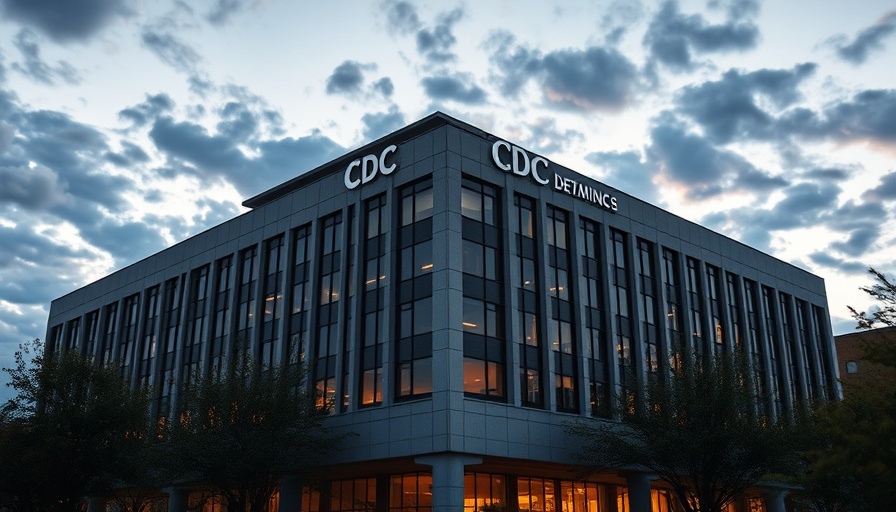
The Surge in Autism Rates: What the Numbers Really Mean
Recent data from the CDC indicates a slight rise in the rate of autism spectrum disorder (ASD) among 8-year-olds in the U.S., jumping from 2.76% in 2020 to 3.22% in 2022. This rise reflects not only demographic and economic influences but also enhanced access to diagnostic services in previously underserved communities. As professionals and families engage with these figures, it’s essential to understand what they mean in today’s context.
Understanding the Causes Behind the Increase
The report, published in the Morbidity and Mortality Weekly Report, underlines a significant shift: the increased prevalence of autism is largely attributed to improved access to evaluations among disadvantaged groups, including Black, Hispanic, and low-income populations. Historically, autism diagnosis was more common in affluent white communities, but this trend is now changing due to initiatives aimed at better identifying ASD across all socioeconomic strata.
Comparison Across Demographics: Who's Most Affected?
In 2022, prevalence rates among various ethnic groups highlighted disparities: multiracial children reported 31.9 per 1,000, while rates for Hispanic children stood at 33.0 and for Black children at 36.6. In fact, American Indian or Alaska Native children and Asian or Pacific Islander children exhibited even higher rates at 37.5 and 38.2, respectively. This underlines a crucial development—awareness and diagnostic tools are reaching communities that historically had less access, helping illuminate the ASD landscape more accurately and comprehensively.
Connecting Socioeconomic Status and Autism Diagnosis
The researchers articulated that the traditional correlation between autism prevalence and socioeconomic status appears to have shifted. The once clear link has started to dissolve, suggesting that both access to services and changing societal perceptions around autism are influencing diagnosis rates. Greater visibility of autism in historically marginalized communities may lead to more children being evaluated and diagnosed, indicating progress in public health outreach.
Future Predictions: A Broader Understanding of Autism Spread
As these trends continue, we can expect to see not only higher autism diagnosis rates but also a growing need for specialized services tailored to a diverse range of communities. There is a potential for policy changes that can create supportive environments to better serve these groups. Engagement in autistic communities can further support advocacy efforts which aim to improve health outcomes and social integration.
How Public Perception Shapes Autism Awareness
The increase in autism diagnoses may also lead to a shift in public perception. As more individuals from various backgrounds seek diagnoses, the stigma or misconceptions surrounding autism may lessen. When autism is better understood, acceptance and integration into society improve, and families gain access to essential resources.
Actionable Steps for Families and Professionals
For families navigating the diagnosis landscape, awareness is critical. Engaging with healthcare providers, accessing local community programs, and participating in discussions about autism can create a supportive network that encourages children to thrive. Additionally, for professionals in health and education, ongoing education about autism and its varying presentations is essential for effective interventions.
Conclusion: A Call for Enhanced Resources
As autism diagnosis rates rise, the focus should not solely be on the numbers but rather on the implications of those numbers. Understanding the reasons behind the uptick and advocating for improved healthcare resources across demographics can lead to better outcomes for all children with autism. Ultimately, this can foster an inclusive culture that values divergent neurodevelopmental paths. Book that appointment for an early screening and learn how you can support autism awareness efforts in your community!
 Add Row
Add Row  Add
Add 




Write A Comment